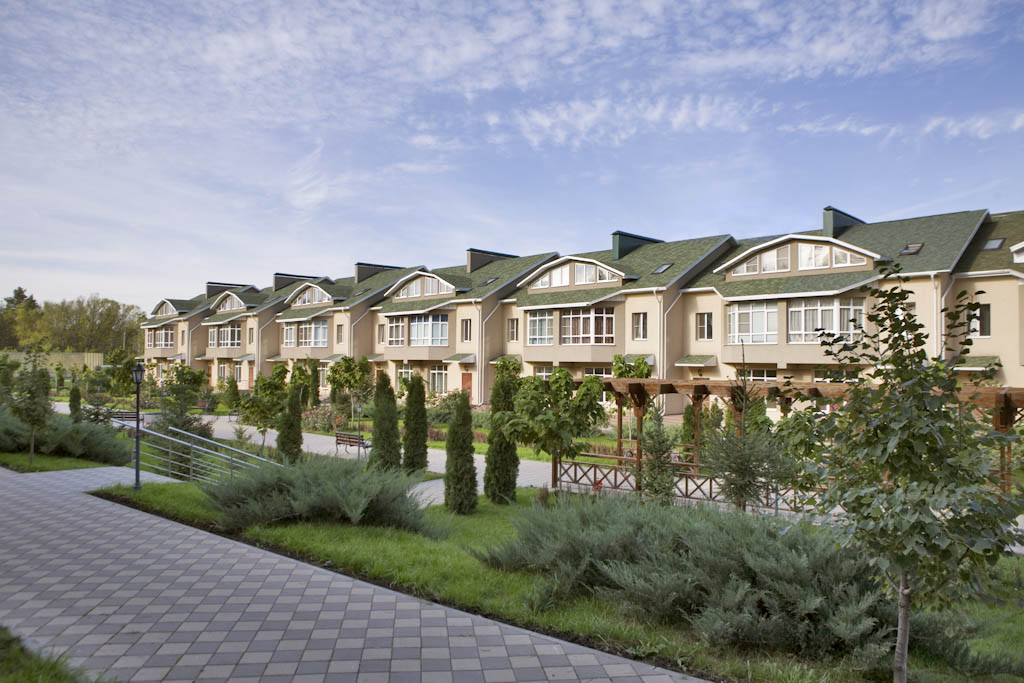An ordinance that allows an accessory dwelling unit to be created in a single-family house or in a separate accessory building – such as a detached garage or barn – on the same lot in all zoning districts in town has been approved by the Princeton Council.
The ordinance, which was approved at the Princeton Council’s June 29 meeting, is a consolidation of similar ordinances in the former Princeton Borough and former Princeton Township. The unit was called a secondary residence in Princeton Borough and a flat in Princeton Township. It functions the same as an apartment.
The ordinance differs from the previous ordinances in that it drops the limitation that the accessory dwelling unit can only be created in an owner-occupied, single-family house. It does not require the single-family house to be owner-occupied in order to create the accessory dwelling unit.
Princeton Council President David Cohen, who has been working with Councilwoman Mia Sacks to consolidate and update the ordinances in the former Princeton Borough and former Princeton Township, said the new ordinance is intended to allow a range of different uses.
An accessory dwelling unit is defined as an entirely self-contained portion of a single-family house. It has its own kitchen and bathroom, and is limited to three rooms that total a maximum of 800 square feet, or 25% of the floor area ratio of the principle dwelling unit – whichever is greater, according to the ordinance.
An accessory dwelling unit could be used by senior citizens who wants to age in place, but who have found their two-story house to be impractical, Cohen said. They could create an accessory dwelling unit that would be on one floor for themselves and rent out the main unit to help pay real estate taxes and maintenance, he said.
It is also a “nice gesture” toward providing housing options for the so-called “missing middle” households in Princeton, Cohen said. The unit would likely be more affordable for a single-parent household in which the parents are divorced, but would like the child to continue to attend the Princeton Public Schools, he said.
Princeton Councilwoman Michele Pirone Lambros agreed that the ordinance is “a step in the right direction. I don’t see the accessory dwelling ordinance as the last phase. It really is the beginning” to find housing that is affordable, and to encourage greater socio-economic diversity in Princeton.
Cohen said the council will continue to look into strategies to provide more housing. It may review neighborhoods with an eye toward creating duplexes, triplexes or quadplexes to provide housing for middle income households – the so-called “missing middle,” he said.
“We have also talked about looking at the Western Section,” Cohen said. The Western Section of Princeton is the neighborhood west of Bayard Lane/Route 206, which includes Hodge Road, Library Place, Cleveland Lane, Westcott Road, Morven Place and Boudinot Street.
Cohen suggested that “some of those grand old houses” could possibly be converted into condominiums, creating multiple dwelling units “and also preserving our great old housing stock by doing that. It is kind of an adaptive reuse (of the houses).”
“I want to be specific about some of the further interventions that we see coming down the road,” Cohen said.
While they voted for the ordinance, Councilwoman Mia Sacks and Councilman Dwayne Williams expressed some concerns about its impact – especially on the schools, which Sacks said are “filled to overflowing.”
Mayor Liz Lempert praised the ordinance for creating diversity in housing options.
“Princeton has a lot of single family homes for families. What we don’t have is a lot of smaller one- and two-bedroom units. What we often hear is that people want to be able to downsize, or there is this desire for there to be more young people in town,” Lempert said. “We are not going to be able to attract different groups of people who don’t need a big one-family house if all we are doing is building more three- and four-bedroom housing. I think that is what is part of the motivation here, too.”
Although there are new standards, such as a limit to the total square footage of the accessory dwelling unit and the number of rooms permitted, the ordinance will “grandfather” units that are already in place. They will not have to be modified to meet the new standards.

